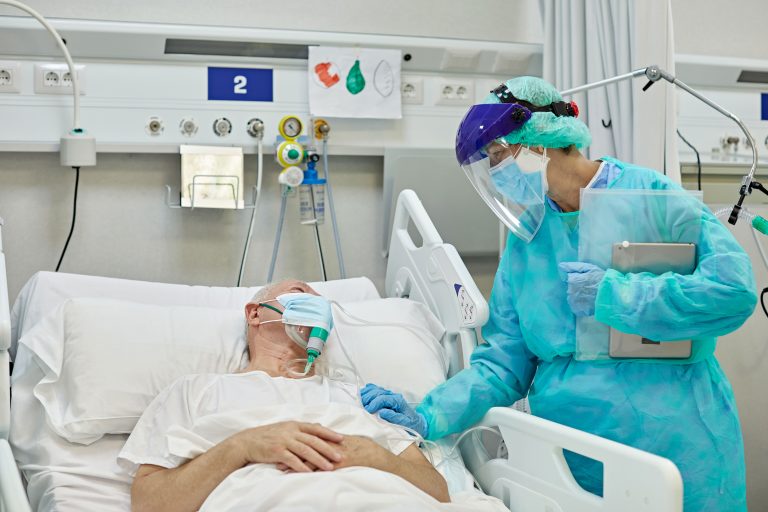
A global initiative founded in March 2020 called the COVID-19 Host Genomics Initiative has released a comprehensive summary of their findings, which reveal 13 loci in the human genome that are strongly associated with infection or severe COVID-19. The researchers also identified causal factors such as smoking and high body mass index. The results, published in Nature, come from one of the largest genome-wide association studies (GWAS) ever performed, which includes nearly 50,000 COVID-19 patients and two million uninfected controls. The findings could help provide targets for future therapies and illustrate the power of genetic studies in learning more about infectious disease.
The authors described the results of three genome-wide association meta-analyses comprised of up to 49,562 COVID-19 patients from 46 studies across 19 countries. The consortium pooled clinical and genetic data from the nearly 50,000 COVID-19 patients in their study, and two million controls across numerous biobanks, clinical studies, and direct-to-consumer genetic companies such as 23andMe.
Because of the large amount of data pouring in from around the world, the scientists were able to produce statistically robust analyses far more quickly, and from a greater diversity of populations, than any one group could have on its own.
Of the 13 loci identified so far by the team, two had higher frequencies among patients of East Asian or South Asian ancestry than in those of European ancestry, underscoring the importance of diversity in genetic datasets. Several of the loci, the authors noted, correspond to previously documented associations to lung or autoimmune and inflammatory diseases.
The team highlighted one of these two loci in particular, near the FOXP4 gene, which is linked to lung cancer. The FOXP4 variant associated with severe COVID-19 increases the gene’s expression, suggesting that inhibiting the gene could be a potential therapeutic strategy. Other loci associated with severe COVID-19 included DPP9, a gene also involved in lung cancer and pulmonary fibrosis, and TYK2, which is implicated in some autoimmune diseases.
Andrea Ganna, Ph.D., co-founder of the COVID-19 Host Genomics Initiative and group leader at the Institute for Molecular Medicine Finland (FIMM) emphasized that the scientists were able to find robust genetic signals because of their collaborative efforts, a cohesive spirit of data-sharing and transparency, and the urgency that comes with knowing the entire world faces the same threat at the same time.
Mari Niemi, Ph.D., a postdoctoral researcher at FIMM and lead analyst for the study, said the consortium prioritized communication as the scientists analyzed data, immediately releasing results on their website after they had been checked for accuracy. The team hopes their results might point the way to useful targets for repurposed drugs.
Ben Neale, Ph.D., co-director of the program in medical and population genetics at the Broad and co-senior author of the study, said that while vaccines confer protection against infection, there is still substantial room for improvement in COVID-19 treatment, which can be informed by genetic analysis. He added that improving treatment approaches could help shift the pandemic to an endemic disease that is more localized and present at low but consistent levels in the population, much like the flu.
“The better we get at treating COVID-19, the better equipped the medical community could be to manage the disease,” Neale said. “If we had a mechanism of treating infection and getting someone out of the hospital, that would radically alter our public health response.”
The researchers will continue to study more data as they come in and update their results through the “Matters Arising” format at Nature. They will begin to study what differentiates “long-haulers,” or patients whose COVID-19 symptoms persist for months, from others, and continue to identify additional loci associated with infection and severe disease.






![AI Algorithm Could Reduce Breast Cancer Mammogram False Positive Rate The primary goal of the Paradigm Registry is to accelerate tumor profiling based on disease biology. [iStock/LilliDay]](https://www.insideprecisionmedicine.com/wp-content/uploads/2019/01/307-218x150.jpeg)






